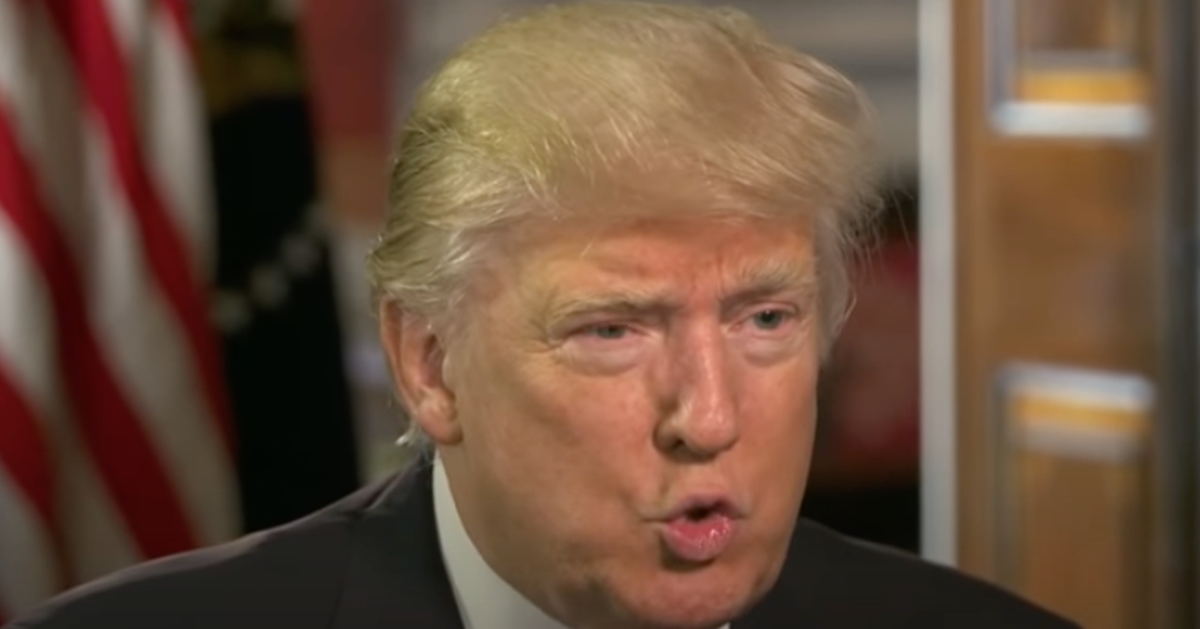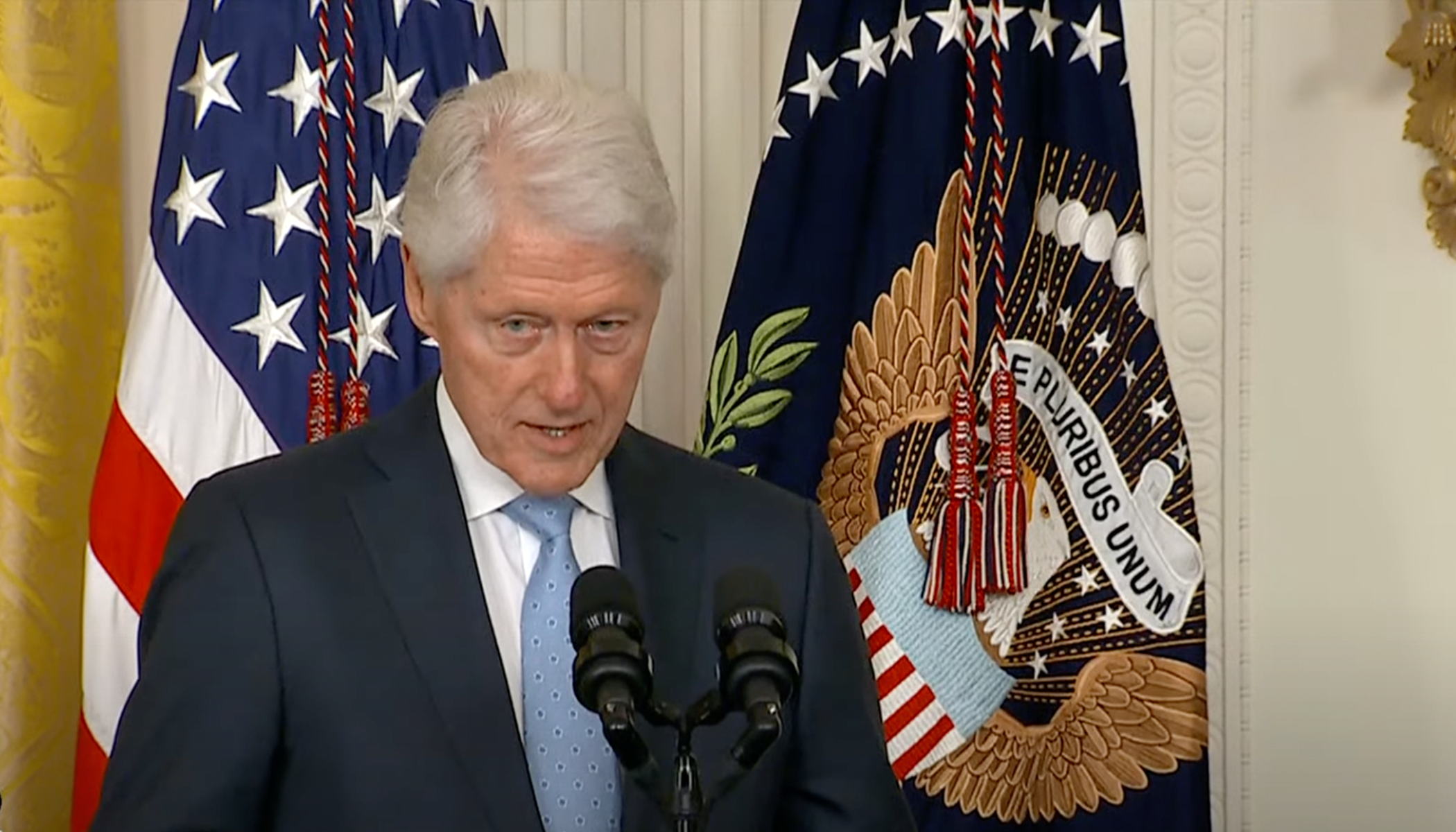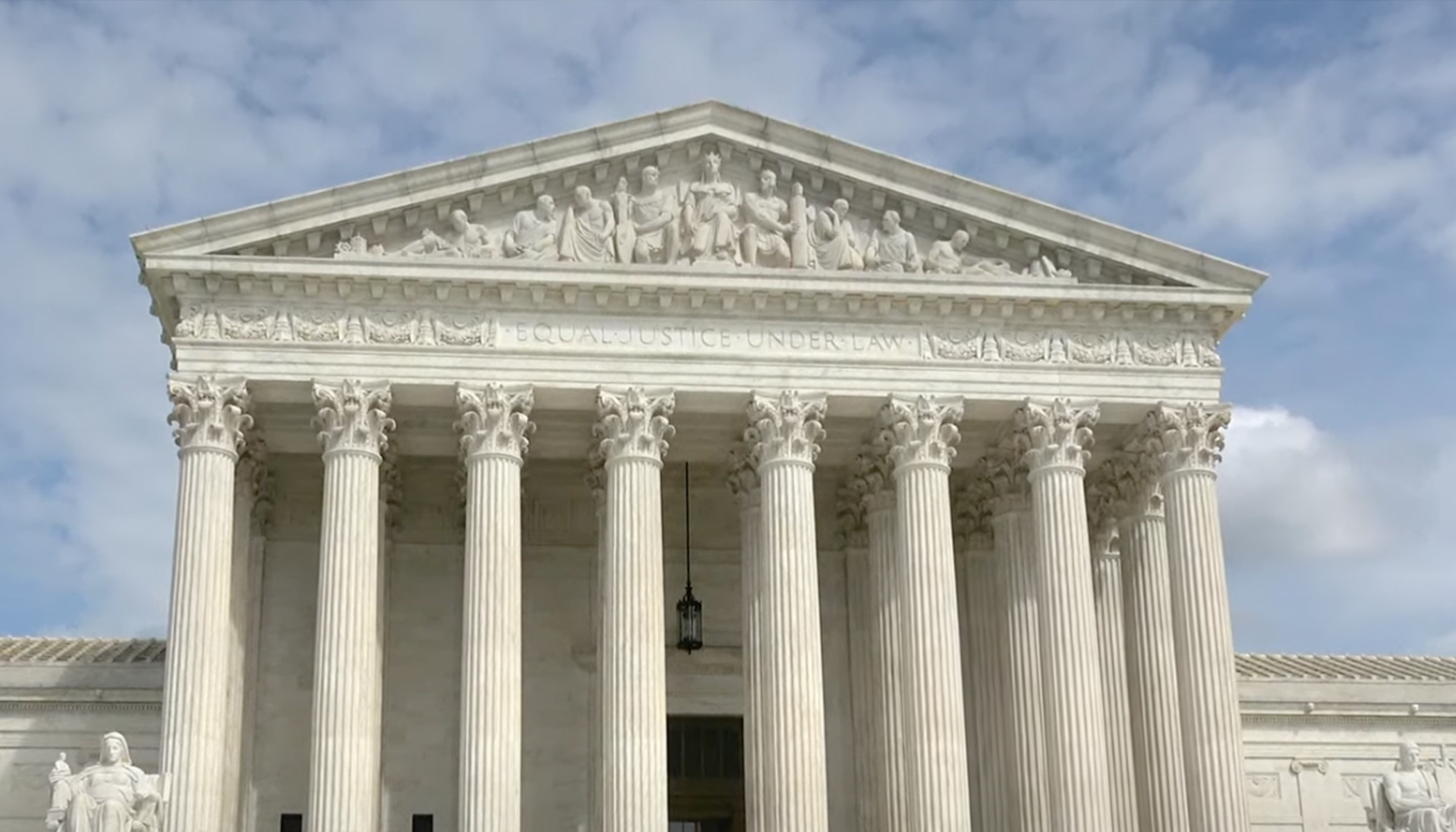Avoiding Kamala Harris: Key Democrats Seek Distance In Senate Races
In a move reflecting current political dynamics, key Democratic Senate candidates have visibly distanced themselves from Vice President Kamala Harris as the upcoming election draws closer.
This strategic distancing from Harris involves candidates downplaying their association with her, while public endorsements and private positions vary among different candidates, The Daily Caller reported.
Democratic Candidates in Tight Races
Colin Allred, Sherrod Brown, and Jon Tester, all of whom are pivotal figures in their Senate campaigns, have taken deliberate steps to separate their political efforts from Harris.
In Texas, Allred chose not to appear alongside Harris during her visits stretching from July to early August. Despite endorsing the vice president, his campaign has carefully emphasized President Joe Biden’s achievements instead.
In a state debate, when approached by opponent Ted Cruz about his associations, Allred focused on other topics, consciously omitting any mention of Harris.
Impact of Divergent Polling Results
The political landscape in Texas is reflected in recent polling, where Harris and Allred show tight numbers at 46% and 45%, respectively. This close alignment highlights the influence of strategic distancing on public perception.
In Montana, Jon Tester has avoided endorsing Harris outright, despite having collaborated with her on Senate matters previously. He underlined the personal nature of his voting decisions, saying, “That’s between me and the ballot box.”
Polls conducted in Montana from October 5 to 8 show Harris at 40%, with Tester slightly ahead at 44%. This polling spread illustrates another instance where candidates tactically navigate their association.
Distinct Campaign Strategies in Ohio
Simultaneously, Sherrod Brown has maintained a separate campaign in Ohio, keeping a clear distance from Harris during election activities. In August, he confirmed different strategies aligned with his state-centric campaign.
"My focus lies in me fighting for Ohio," Brown stated, adding that his and Harris's schedules do not coincide. Meanwhile, he expressed previous support while underlining a specific state focus.
From October 6 to 15, polls have shown Brown leading Harris 46% to 45% in Ohio, reaffirming his campaign's independent approach as a potentially effective tactic.
Republican Response to Democratic Dynamics
The National Republican Senatorial Committee has been quick to point out that Allred, Tester, and Brown initially aligned with Harris. Now, their increased distancing raises questions about party unity under electoral pressure.
Mike Berg observed that although previously supportive, these Democrats are now attempting to sidestep their past alliances with the vice president. This shift adds a layer of complexity to their races as November approaches.
Amidst these political maneuvers, Macarena Martinez critiqued Allred by linking him directly to Harris's policies. She suggested a synchronized political ideology that aligns with broader Democratic policies, affecting state and national levels.
Implications for Upcoming Elections
As Election Day looms, these distancing efforts underscore the broader challenge facing Democratic contenders straddling the line between national and local alliances. It stresses the careful balancing act needed between supporting party figures and addressing local constituent priorities.
The landscape highlighted by these candidates indicates a cautious approach where individual electoral strategies must adapt to the complexities of voter sentiment and party affiliation.
As tensions mount, the decisions made by Allred, Tester, and Brown serve as a lens through which the broader election may be viewed, emphasizing the significance of nuanced political maneuvering in uncertain times.





